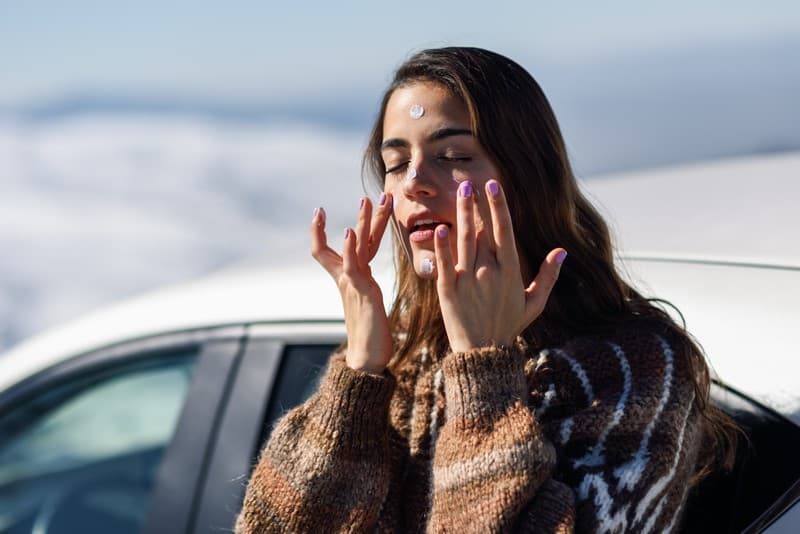Vitiligo is a condition in which the pigmentation of the skin is lost, resulting in an irregularly shaped and colored skin area. This loss of pigment occurs because melanocytes, cells that produce the pigment melanin, die or are unable to function. Vitiligo can affect any skin area, including the hair, lips, and areas around the eyes. In severe cases, vitiligo can cause depigmentation of internal organs as well. Although vitiligo is a non-contagious condition that affects men and women equally regardless of race or ethnicity, it has been linked to autoimmune diseases such as thyroid disease and alopecia areata.
The treatment options for vitiligo depend on how much pigment has been lost and where the depigmentation occurs. Because different methods address specific problems associated with vitiligo, it is important to identify your symptoms to find a treatment that will work best for you.
To treat large depigmentation areas affecting your face or body, your doctor may prescribe phototherapy or systemic therapy. Phototherapy involves exposing your skin to ultraviolet light to stimulate growth within the skin that has lost its natural pigmentation. Meanwhile, systemic therapy involves medications traveling throughout your body to stimulate melanocyte growth and restore pigment.
Aside from these options, several other treatments can treat vitiligo. Let’s go over each of them below.
Sun Protection

Vitiligo is not a condition that anyone can completely cure, but many treatment options are available to those with it. One of these treatments includes sun protection.
People who have vitiligo often try to treat it with creams or pills, but that is not the best option. People with vitiligo should also be advised to protect their skin from the sun. UVB rays trigger more melanocytes to produce melanin, which effectively treats vitiligo. If you have vitiligo and are concerned about it, the best thing you can do is find a sunscreen that blocks both UVA and UVB rays. Apply it 20 minutes before going out into the sun and reapply every two hours while out in the sun. Wear a hat, if possible, and wear clothes that cover your arms, legs, neck, and hands, as well as sunglasses.










